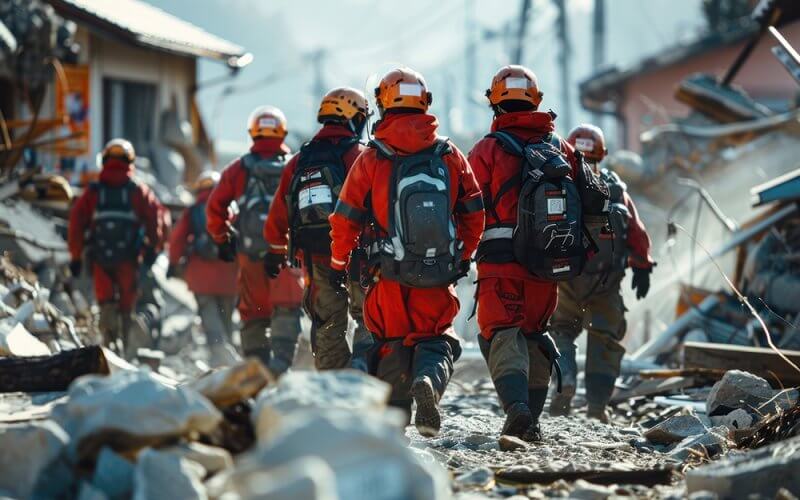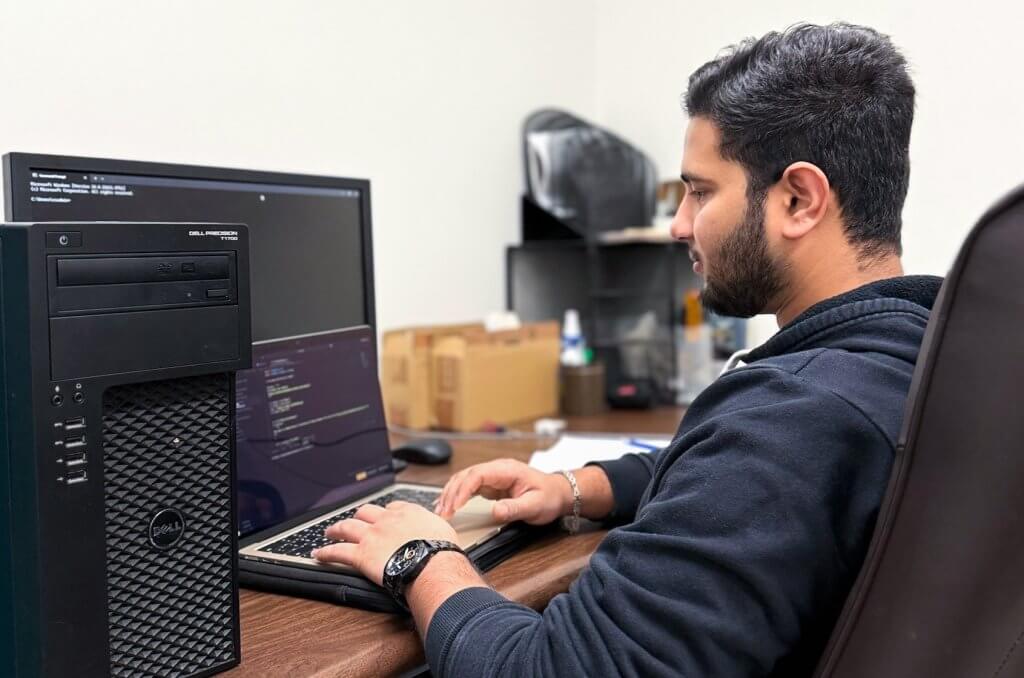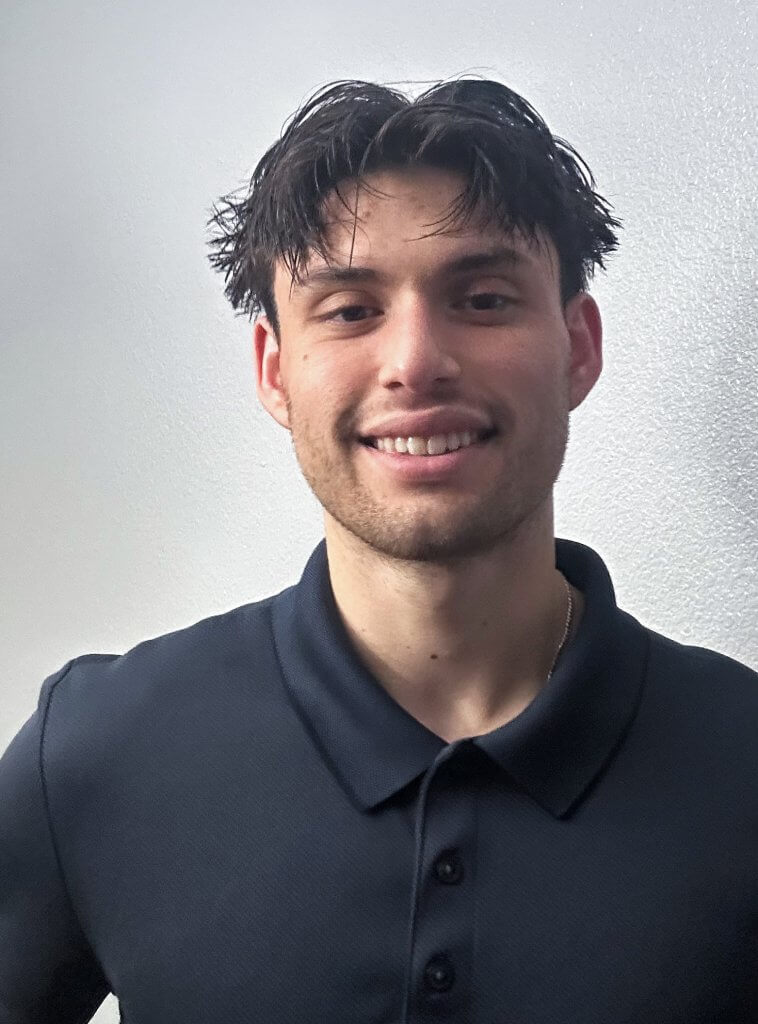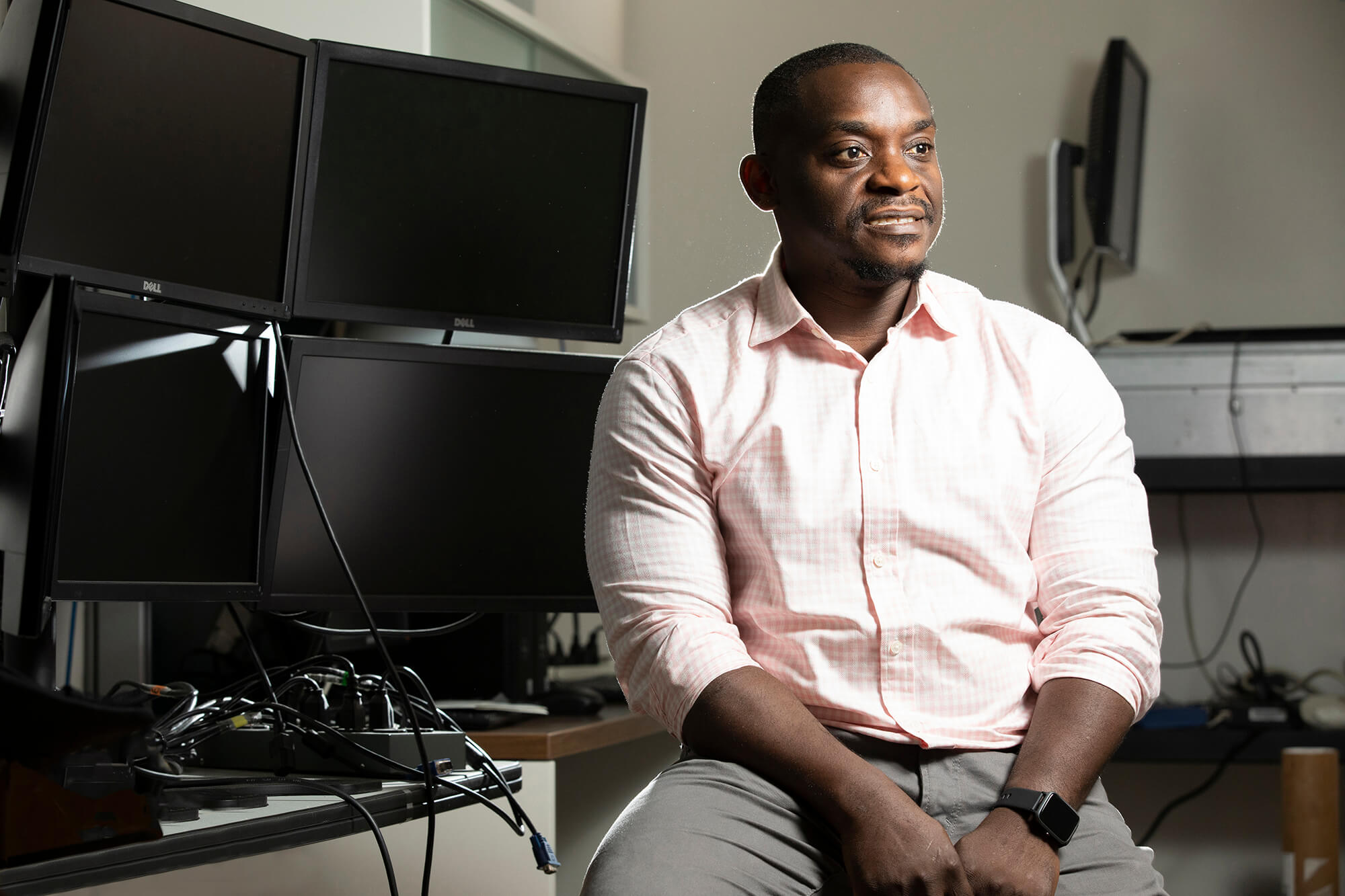
Graduate student Asad Abdul is learning how to use machine learning models to manage life-changing public disasters and health emergencies — from pandemics to wildfires to reduce losses and save lives.
Under the guidance of Sampson Akwafuo, Cal State Fullerton assistant professor of computer science, Abdul is working on a grant project to develop advanced machine learning algorithms to ensure they are practical and impactful for emergency response systems.
The researchers said recent wildfires in Los Angeles County underscore the importance and urgency of the project.
“The fire spread rapidly, forcing first responders to make critical, split-second decisions about resource allocation,” said Abdul, a computer science major. “The system we’re developing can provide real-time data to emergency teams, enabling them to make decisions more effectively.”

One key aspect of the research involves creating a novel algorithm that uses data from various sources such as population, environmental, geospatial and resource availability. The algorithm can help emergency teams to respond faster, reduce casualties, and better support communities during disasters.
“This can help identify and group regions more accurately, ensuring resources are directed to the right places at the right time for disaster preparedness,” Abdul said. “The ultimate goal of this project is to save lives and minimize suffering during emergencies — and allows me to make a meaningful difference through technology.”
For example, the algorithm can analyze the situation on the ground to pinpoint where firefighting teams, medical supplies, or evacuation shelters are needed most. It could also optimize emergency routes by bypassing blocked roads or areas of high danger.

“My work is contributing to optimizing emergency response routes. During disasters, ensuring that supplies like food, water and medical equipment reach affected areas quickly is critical,” Abdul said. “Our algorithms analyze the best routes for transportation, considering road conditions and real-time disruptions caused by the disaster.”
Akwafuo, who has several students working on the project, including computer science major Anthony Sturrus, said their work will also help determine the need and location for emergency operating centers and the amounts of interventions or life-saving equipment stocked at each center.
Funded by a $172,000 grant from the National Science Foundation, the project is a collaboration between researchers in computer science, public health and geography. The project aligns with Akwafuo’s research interests to develop computational models for predicting outbreaks of specific diseases and optimization of emergency response logistics for disasters.

According to a recent news report by the United Nations Office for Disaster Risk Reduction, there has been a continuous and tremendous increase in the frequency of public health emergencies and disasters, resulting in the need to develop solutions, Akwafuo said.
The researchers explained that the project’s potential goes beyond faster response times. By using data to predict disaster scenarios and allocate resources ahead of time, responders can be better prepared for volatile disasters.
“Our work will substantially benefit public health emergency and disaster researchers. It advances theoretical knowledge while finding solutions for real-life problems,” Akwafuo said.
Abdul is on track to graduate in May and aspires to become a web developer. He wanted to be involved in creating intelligent systems that enhance disaster preparedness to make a tangible difference in saving lives and reducing impacts.
“This mentorship has been transformative, preparing me to contribute meaningfully to artificial intelligence and disaster response,” he said. “It has inspired me to pursue a career where I can continue leveraging technology to solve pressing societal challenges.”